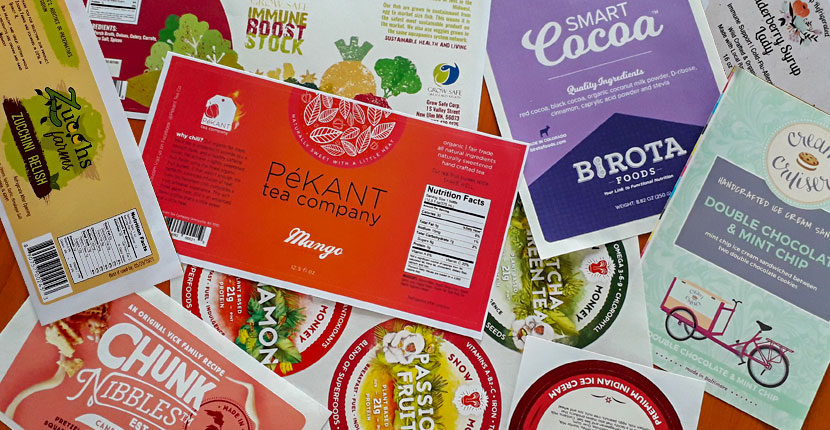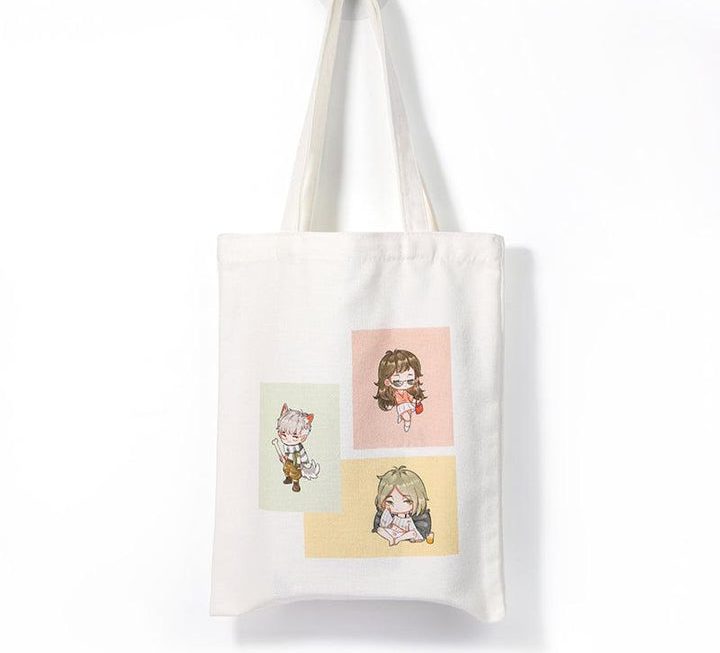When it comes to food and beverages, there are certain rules that the packaging and labelling industries must follow. And while some of these rules may seem obvious, others can be a bit more nuanced. So, to help you navigate the world of food and beverage packaging and labelling, we’ve put together a list of dos and don’ts. From easy tips like making sure your labels are legible to more complex considerations like using the proper food-grade materials, following these guidelines will help ensure that your products are safe and compliant. So whether you’re just getting started in the business or you’ve been at it for years, be sure to check out our list of dos and don’ts for food and beverage packaging and labelling.
1. The package and label should be easy to understand
When you’re picking up a package at the post office, or when you’re looking at a product in the store, you want to be able to understand what it is as quickly as possible. The package and label should be easy to read and understand, without too much clutter on the page. Too much information can be overwhelming, and it’s important to make sure the most important details are easy to find. So whether you’re designing a package or labeling a product, make sure the most important information is front and center! When it comes to buying something I need, I want something that is easy to understand. The package and label should be simple and straightforward so that I can quickly figure out what it is that I am buying. Too often, companies get too creative with their designs and the end result is a mess of a label or package that is difficult to read. This isn’t helpful for the customer, and it can even lead to confusion and frustration. So, keep it simple! Your customers will thank you for it.
2. Information about the product should be clearly printed on the package and label
As a consumer, you should be able to easily find information about the products you’re buying. Unfortunately, that’s not always the case. Manufacturers sometimes make it difficult to find important details, like ingredient lists and contact information. That’s why it’s important to fight for clear labeling on all products. Next time you’re at the store, take a closer look at the labels and see if you can find everything you’re looking for. Chances are, you’ll be surprised at what’s hidden in small print. But don’t worry, we’re here to help point out some of these common label tricks and make sure you know exactly what you’re putting into your shopping cart.
3. Package and label should be consistent with each other
When it comes to package and label design, you want them to be consistent with each other. That way, your brand will look polished and professional. Check out these tips for creating a cohesive look. Have you ever picked up a product from the store and not known what it is because the label and package are completely different? You’re not alone. Many consumers find this inconsistency confusing and off-putting. In order to make your product more appealing to buyers, it’s important to ensure that the package and label are consistent with each other. This will help customers understand what they’re buying and give your brand a more polished appearance.
4. The design of the package and label should be attractive to customers
Why does the design of a package or label matter? Because it’s the first thing customers see, and it can make or break their purchase decision. With so much competition on store shelves, you need to make sure your product stands out – and that starts with an eye-catching design. But what makes a good design? Designing an attractive label and package can be the make-or-break factor in whether customers pick up your product to be approved by artwork approval software . For many customers, the design of a product’s package and label is just as important as what’s inside. A well-designed package can make a product more appealing and help it stand out on store shelves.
5. Package and label must comply with government regulations
Anyone who has ever tried to mail a package knows that there are a lot of regulations to follow. You need the right size envelope or box, the right type of postage, and the label needs to be formatted correctly. If you don’t follow the rules, your package may not be delivered. This is also true for packages sent internationally. The packaging and labeling requirements vary from country to country, so it’s important to know what they are before you send anything. Here is an overview of the most important shipping regulations for mailing packages and labels.
So, to gather everything you need,
We hope you’ve found this post helpful and that it has inspired you to take a closer look at your own product packaging. Keep in mind the five principles we outlined above, as they will help make your products more appealing to customers and easier to sell. Remember, good design is key, but don’t forget about government regulations – make sure your package and label are compliant with all applicable laws. Are there any other tips you would add? Let us know in the comments!



